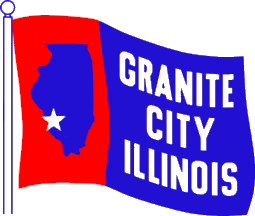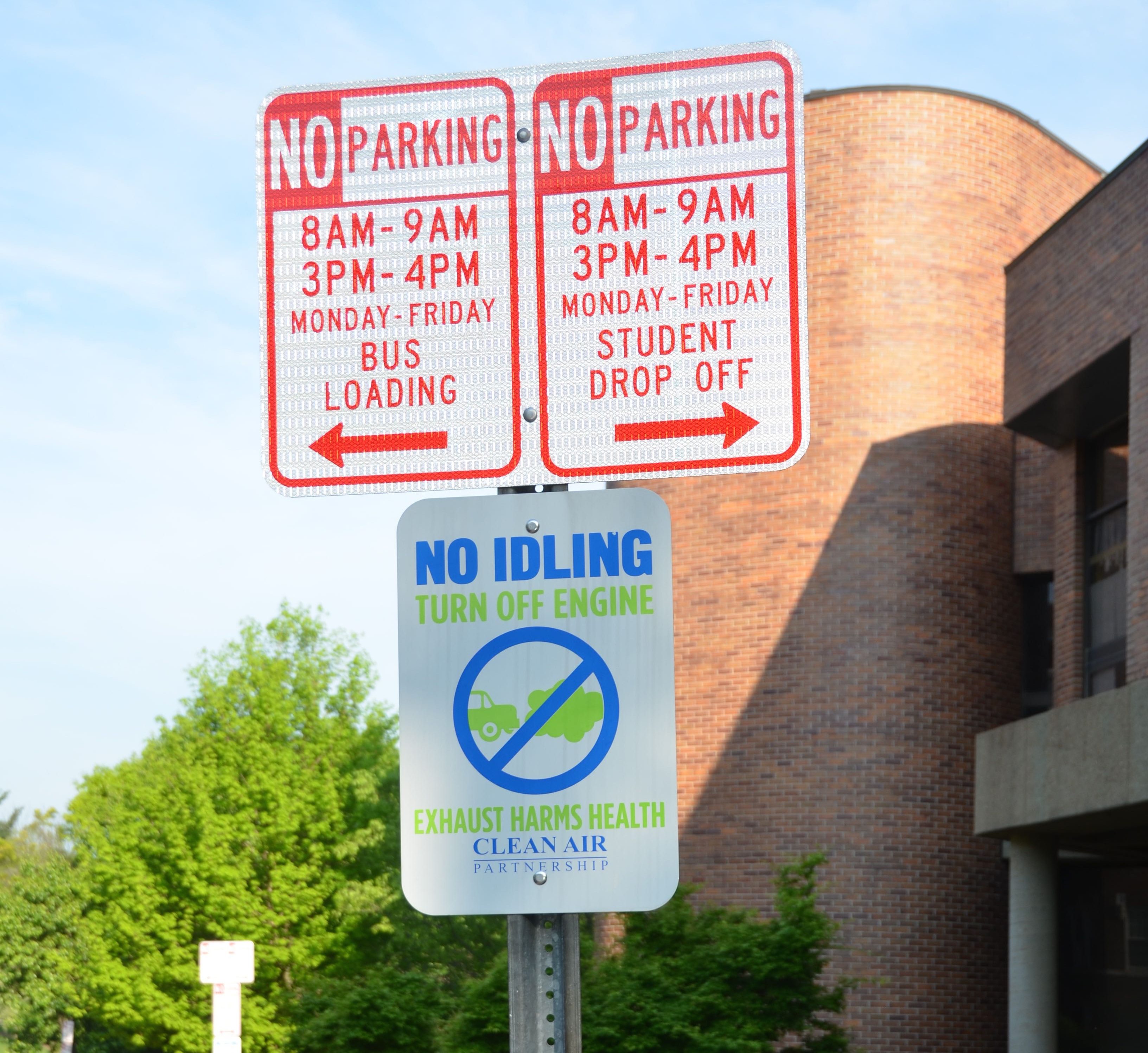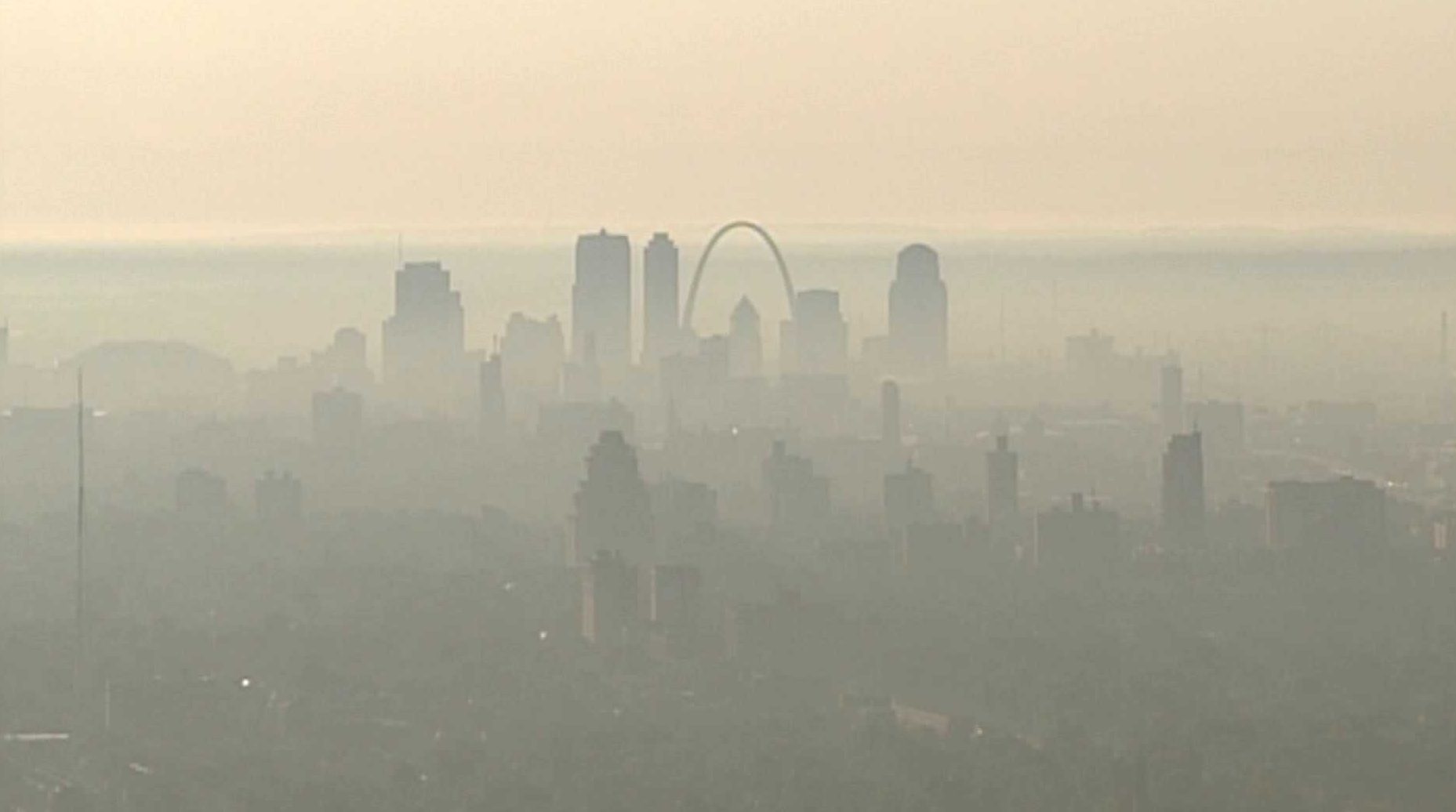The Ameren name may be top of mind as we give thanks for air conditioning during the lingering heat of summer, but you might also be interested to learn about their outstanding commitment to keep pace with future energy needs and bringing renewable energy to the region.
Ameren Missouri is part of St. Louis-based Ameren Corporation and has provided electric and gas service for more than 100 years. As a company that is proud to serve, support and invest in the communities they call home, they also value the importance of balancing the needs of our environment, customers and economy. From preventing and controlling pollution, reducing greenhouse gases and creating renewable energy initiatives to developing innovative technologies that help the company operate cleanly, Ameren Missouri is dedicated to building a legacy of environmental stewardship.
As a proud participant of the St. Louis Green Business Challenge, Ameren Missouri earned the Achievement Award in the Star Circle of Excellence and the first place title at the Champion Level in 2019. To achieve the title of Challenge Champion, businesses must have completed work with the Leader scorecard in past years and commit to continued implementation of deeper sustainability strategies, such completing a greenhouse gas inventory, reducing energy use by at least 25% and striving towards a 75% or greater waste diversion rate.
Through partnerships with various non-profits, schools and institutions, Ameren has spread solar power generation across the state of Missouri. As part of the Neighborhood Solar Program, the company has committed to installing solar generation facilities in available open spaces at no cost to their partners. For customers who want to take part in solar generation without installing equipment at their own home, Ameren is offering a simple solution to serve customers clean, renewable energy through the Ameren Missouri Lambert Community Solar Center, which is the first of its kind in the Community Solar program. Their effort to promote renewable energy doesn’t stop there, as Ameren Missouri recently launched a new program to bring electric vehicle charging stations along state highways, expecting to open 11 new charging stations by the end of the year.
Among Ameren Missouri’s impressive accomplishments to receive recognition in the 2019 Challenge is the establishment of an official biodiversity policy to aid in conserving natural habitat and native species in the regions they serve. Under this policy, the company strives to reduce, minimize or avoid impacts on biodiversity as they develop infrastructure and conduct operations, which is also beneficial to our air quality! Furthermore, Ameren’s Climate Risk Report – Building a Cleaner Energy Future takes a comprehensive look at the steps the company is taking to meet its obligation to provide safe, reliable and affordable energy in an environmentally responsible manner to its customers and communities they serve while effectively balancing climate-related risks.
The Clean Air Partnership is pleased to recognize the efforts of businesses such as Ameren Missouri that continue to take action for cleaner air by channeling their time and energy towards practicing sustainability. For additional information on how your company can get involved in the St. Louis Green Business Challenge, subscribe to their bi-monthly E-Newsletter or visit http://stlouisgreenchallenge.com/. To learn more about the link between sustainability and air quality, explore our website, like us on Facebook or follow us on Twitter at @gatewaycleanair.





